[ad_1]
The Greenstalk vertical planter is a wonderful reply for planting strawberries on a small footprint. When you will have 2 sq ft. of space to spare, you presumably can develop tons of delicious berries in your Greenstalk. It’s just about too easy! With choices to make it easy to maneuver, water, and tend to, it doesn’t get loads less complicated.
Likelihood is you may use your planter to develop a stupendous cold-weather vegetable yard when winter rolls spherical. On this case, you’ll should take away your strawberry roots. If not, you’ll want to take some steps to overwinter your strawberry crops for subsequent season. Strawberries are hardy perennials in Zones 4-9, so they might overwinter merely. It’s not a nasty thought to take some defending precautions, though.
Winterizing your Greenstalk should not be subtle or labor-intensive. You’ll be able to do it as you may with one other potted plant, nevertheless on a much bigger scale. Listed beneath are some easy options that can enable you to seamlessly transition your planter from fall to spring.
GreenStalk 5 Tier Vertical Planter
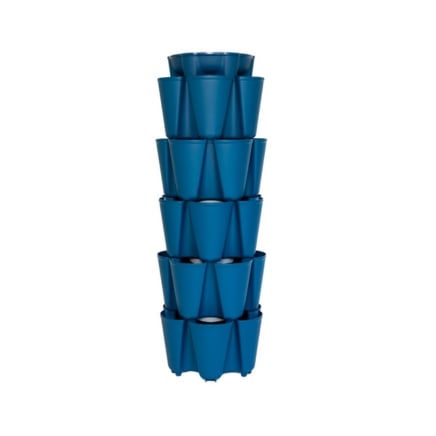

The GreenStalk Distinctive is a patented, soil-based vertical yard made totally in East Tennessee from top of the range, food-grade, UV-resistant, BPA, BPS & PVC-free plastic. It comes with a 5-year assure on every the color and efficiency of the planter.
Scale back Once more Your Crops and Prime With Straw
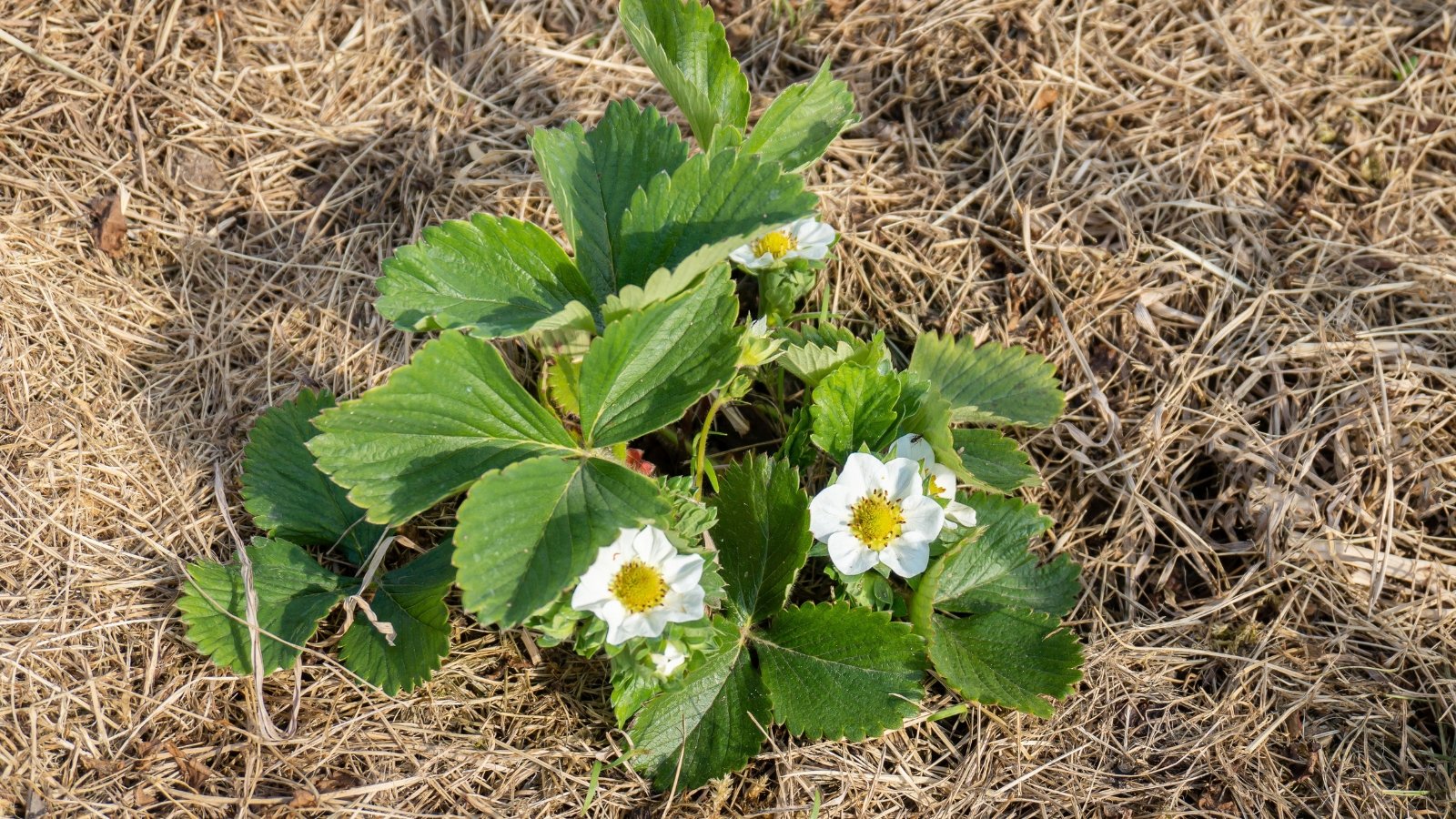

Preparing your crops for the season ahead is important sooner than you cope along with your planter. Sooner than something, resolve whether or not or not it is important skinny out your strawberries. They multiply over time, and likewise you don’t want them crowding each other. Thinning them will indicate further and higher-quality fruit inside the coming spring season.
Fall is the becoming time to do this course of. Wait until after harvesting, the truth is. It’s biggest to do it sooner than your first frost, ideally. First, within the discount of the tops of the crops to about two to some inches tall. This permits a great deal of room for model spanking new healthful growth inside the spring. That earlier foliage will die once more after a frost, anyway.
After you’ve trimmed away all the excess foliage, gently loosen the grime and take away the crowns. Ideally, you want to take away the oldest crowns. These are the most important and sometimes have brown foliage. Re-plant a model new crown in each of your planter’s pockets. If it is important refresh the soil you’ll be able to accomplish that now, or prime costume with some compost.
Whenever you’ve tucked your crops safely away, once more of their pockets, cowl them with a thick layer of straw for insulation. This helps retain moisture inside the soil and prevents illnesses and bug hurt.
Switch Nearer to Shelter
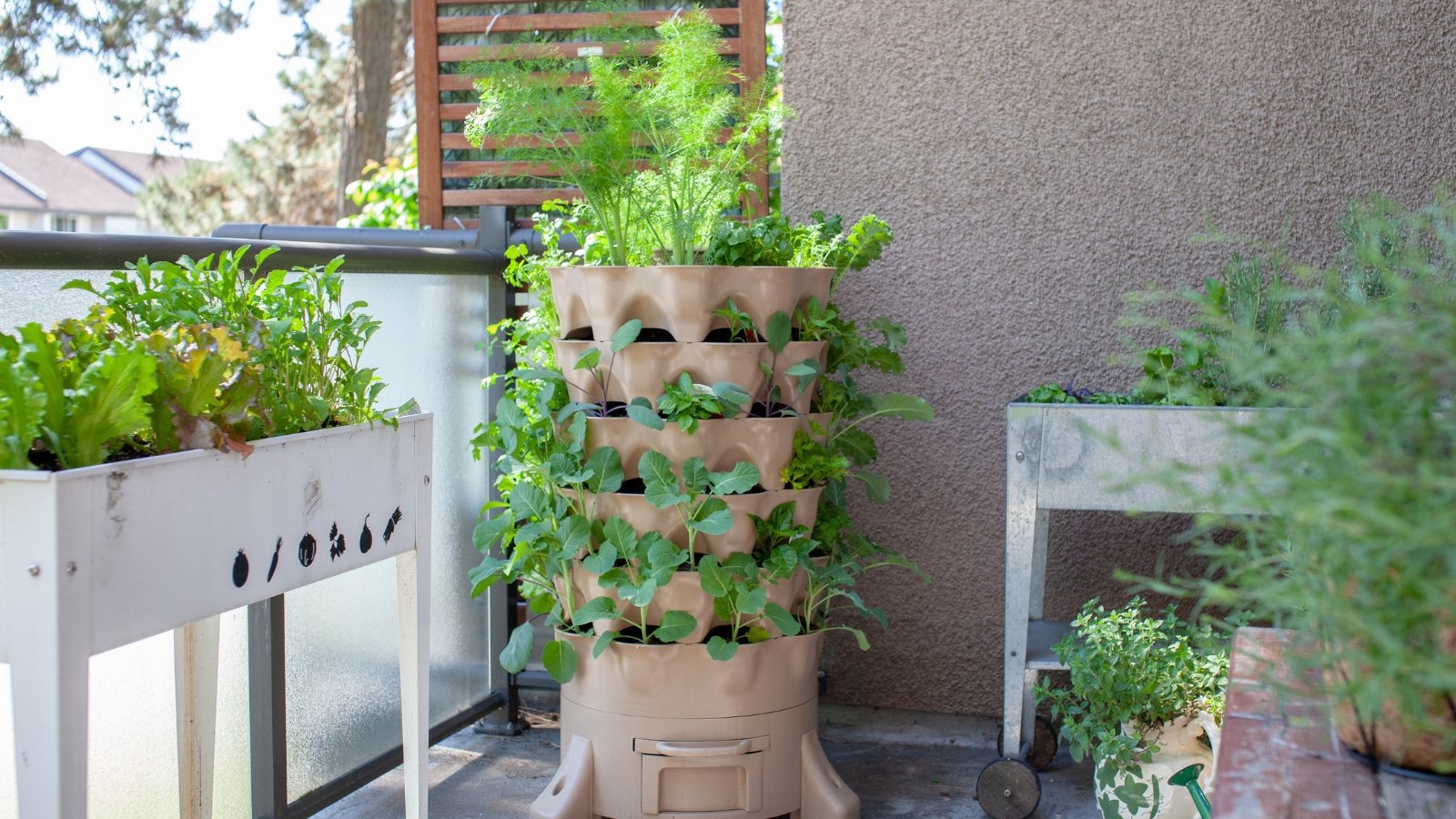

Likelihood is you may want to relocate your Greenstalk to protect it counting on its present location. Many crops need a freeze-and-thaw cycle to germinate, nevertheless strawberries do not. Which implies they don’t technically have to stay outside for the winter. Nevertheless that doesn’t indicate you utterly ought to carry it inside.
Shifting your greenstalk nearer to the house or one different development is an environment friendly strategy to defend it. This doesn’t make loads distinction by means of the soil freezing, nevertheless it certainly does defend it from chilly winds. Freezing winds are damaging to new foliage, so in case your strawberries sprout sooner than that remaining spring frost date, you don’t want them inside the path of freezing winds.
A plant mover base is an effective suggestion, as a result of it enables you to switch your whole planter with out taking it apart. A full greenstalk is heavy! A base that has wheels linked will make this a clear transition.
Use a Frost Security Cowl
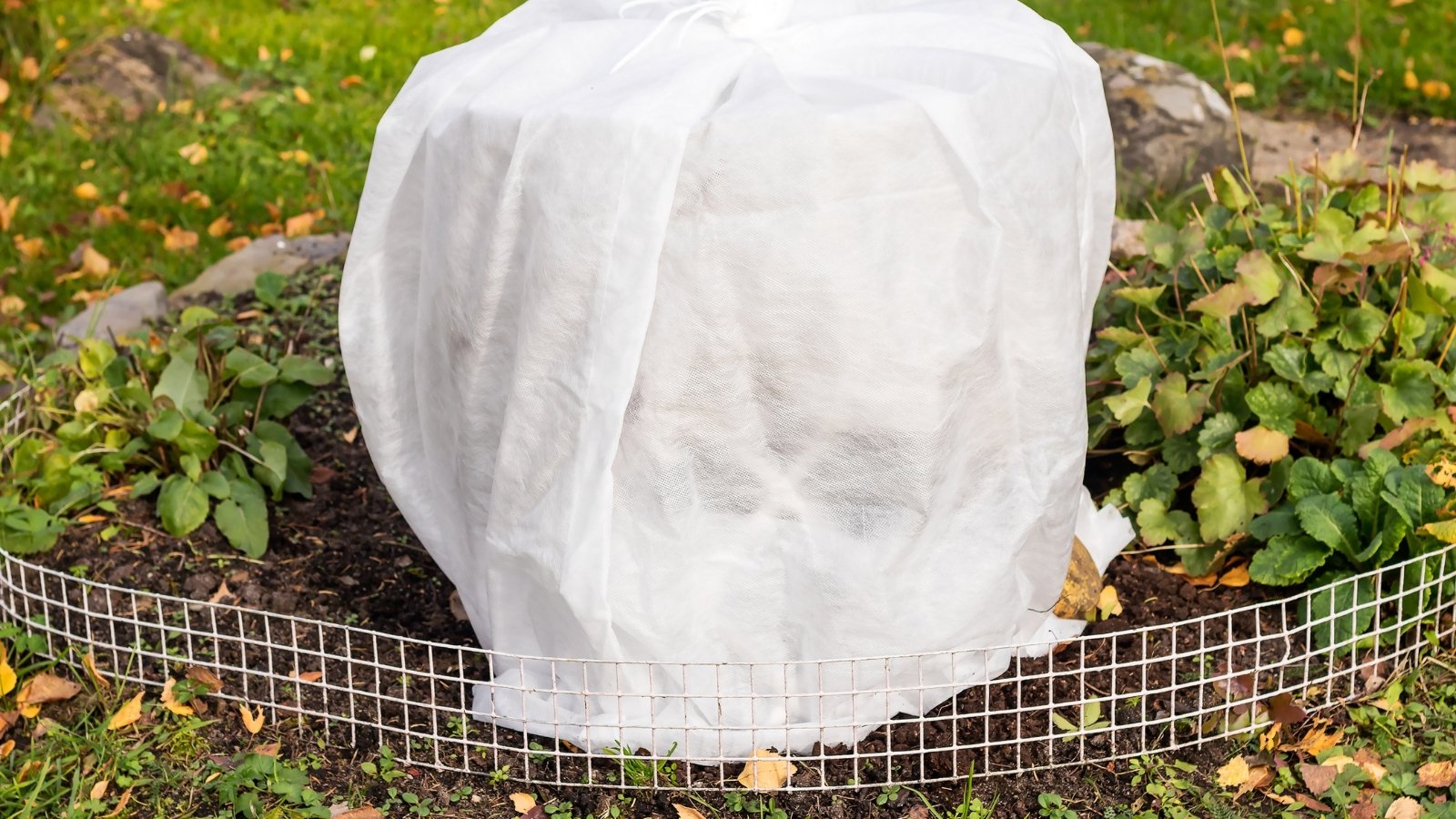

In case you dwell in a cold native climate the place the ultimate frost of spring typically comes late, a frost security cowl is an effective funding. Whereas this obtained’t cease your soil from freezing, it ought to provide new foliage some security inside the spring.
Wait until merely sooner than the freeze arrives to utilize a frost security cowl as a method to proceed to water until that time. Then, merely slip the quilt over your full Greenstalk and zip it up. In case your strawberries peek out early, they obtained’t die by a late frost or freezing winds.
Proceed Watering Until a Laborious Freeze
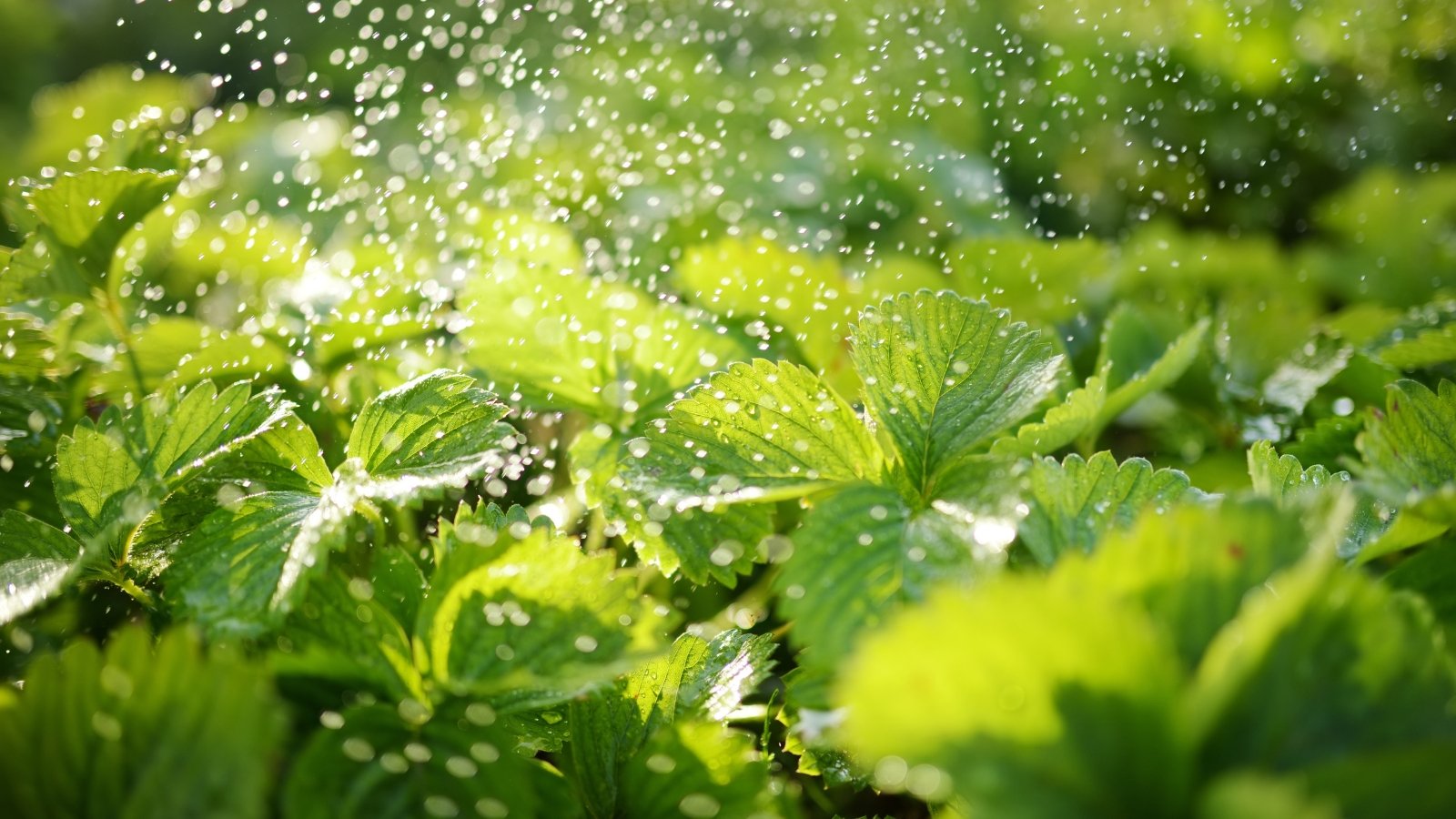

It’s important to protect watering your strawberries correct up until the soil freezes. In hotter climates, this won’t ever happen, throughout which case, regardless that your crops will fall dormant, the roots will nonetheless need moisture.
Be careful to steer clear of overwatering. Overwatering is a primary rationalization for demise for lots of crops, significantly over the winter. Though they do need some moisture, the roots obtained’t absorb loads inside the winter. This, paired with the slower evaporation because of a shortage of heat and daylight, can depart your roots waterlogged.
Waterlogged soil is a fast observe to root rot and crown rot. You want to steer clear of this, so merely moisten the soil, and don’t do it often. Merely enough that it certainly not totally dries out.
In case you’re leaving your planter outside for the winter, the roots will need some security when the soil freezes. Dry roots are brittle and further vulnerable to freezing temperatures. Moisture sooner than freezing will help protect these root insulated.
In case you propose to hold your planter inside, which we’re going to get to, you’ll want to preserve this moisture all via the winter. In case you’re leaving it outside for the size, solely water until the soil freezes. If it thaws mid-winter, be sure they soil is moist as soon as extra sooner than it freezes once more up.
Switch It Indoors
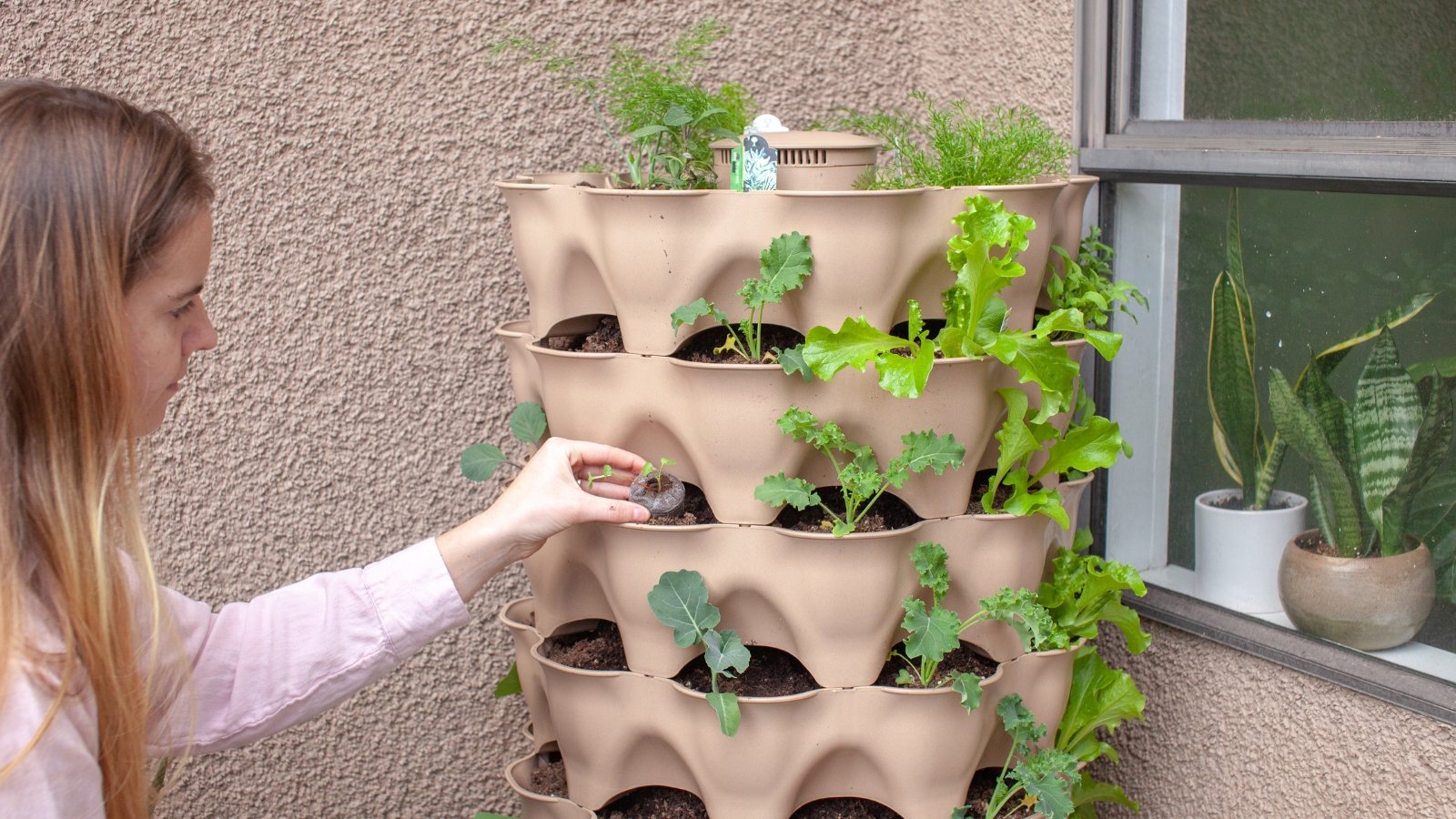

Strawberries will solely develop as annuals in Zones 2 and three. Nonetheless, you presumably can protect them alive for the winter do you have to give them additional security from the chilly. It’s a great suggestion to do this in Zone 4, moreover, merely in case you’ve got an extra chilly snap.
Even in hotter climates, there is not a damage in relocating your planter if in case you will have a fantastic place for it. Perfect spots for winter storage embrace a storage, or enclosed shed. An space that stays barely hotter than the skin is biggest.
When you will have a greenhouse, you presumably can pop it in there moreover. This may occasionally indicate earlier growth and earlier fruit!
[ad_2]
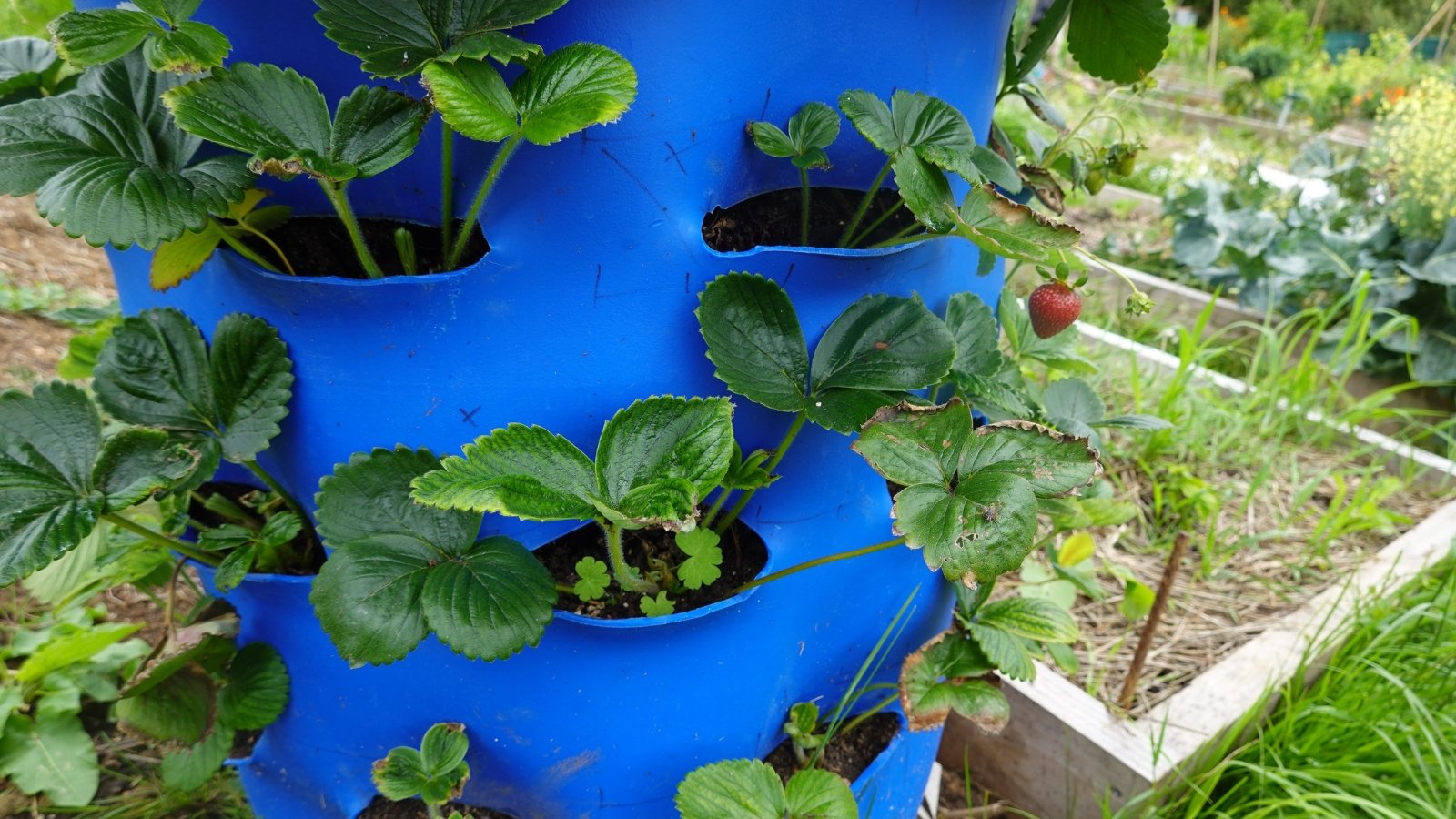

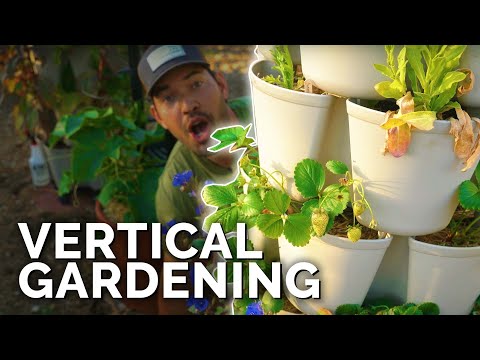
Overall, this article provides a comprehensive guide for both new and experienced gardeners looking to optimize their vertical gardening experience. I’m particularly intrigued by the idea of using compost as a top dressing—it seems like a sustainable practice.
Using a frost protection cover is a great suggestion, especially in areas with late spring frosts. I think many gardeners will benefit from this advice, as it can help extend the growing season for strawberries significantly.
The Greenstalk vertical planter seems like a practical solution for those with limited space. I appreciate how it allows for the cultivation of strawberries while also being adaptable for cold-weather vegetables. The maintenance tips provided are quite helpful.
I found the information on winterizing the Greenstalk to be particularly useful. It’s good to know that strawberries can overwinter successfully with some care. The step-by-step instructions make it accessible for gardeners of all levels.
The idea of moving the planter closer to shelter is an interesting one. It makes sense to protect delicate plants from harsh winter winds, and I appreciate the emphasis on proper watering during colder months to prevent root issues.